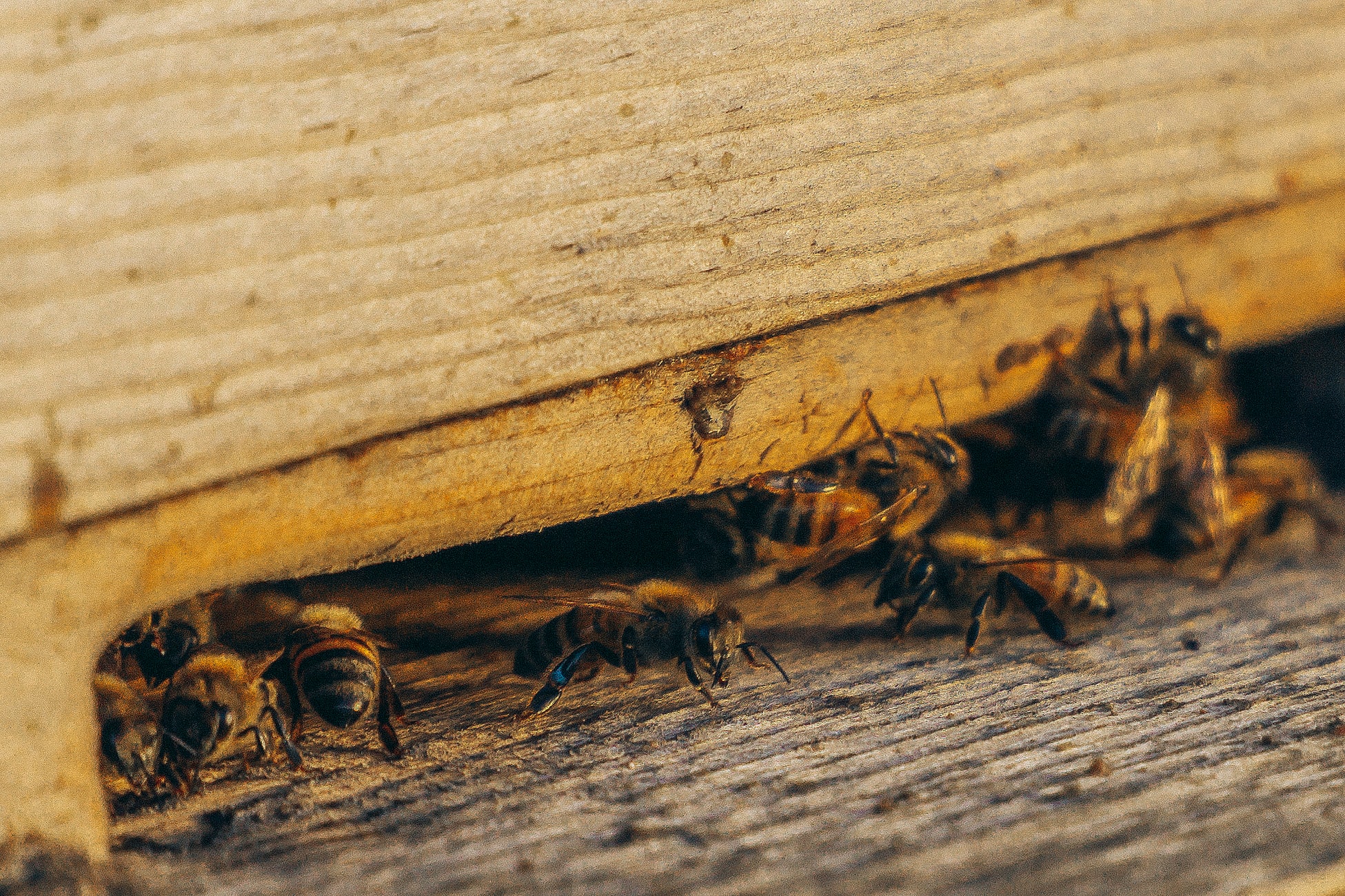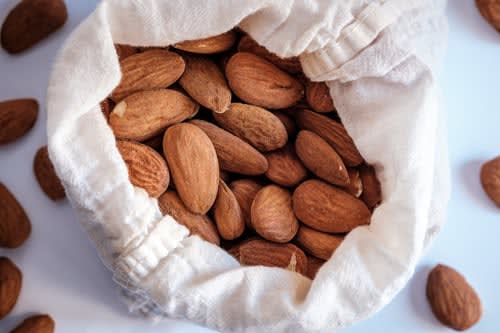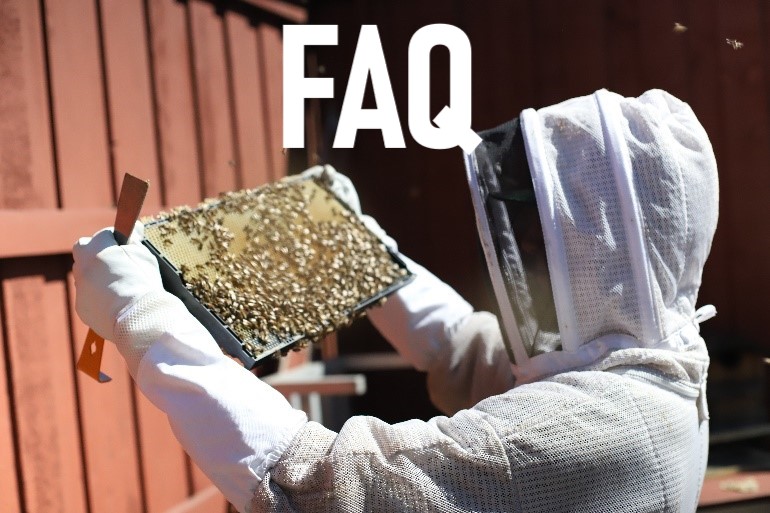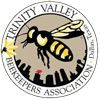
Based on a The Guardian's article, the almond industry in California has exponentially grown to a $11 billion dollar industry over the past several years, with Central Valley's orchards spanning an area the size of Delaware (yes, the size of another state). With this enormous-scale orchard, you can't help but have some awe about the size.
You can thank the honey bees for the 2.3 billion pounds Central Valley annually harvests; Central Valley cannot operate without the pollination of two million hives' worth of bees. But, is this mass production too good to be true?
The short answer is yes. The more important question is why?
Central Valley is lovingly nicknamed 'America's salad bowl' for its mix of pollution and chemicals--not the best nickname to have for a valley full of life. After all, pollution is proven to damage plants with stunted growth and necrotic lesions, among other signs.
As for our focus, pollution also sickens honey bees; a study has proven that pollution makes bees sluggish and could shorten their lives. Plus, pollution masks scents, which bees use as a major sense of direction.
But, pollution is just the secondary effect of the primary problem: pesticides' heavy usage in the Valley. The almond crop has the most pesticides used than any other in California, at a whopping 35 million pounds a year! First of all, pesticides further worsen the pollution problem, which, secondly, brings harmful effects for bees (and humans; pesticide pollution can cause cancer and asthma in human lungs).

Pesticides are broadly lethal to the honey bee population. While Central Valley farmers spread pesticide to kill off crop-feeding insects, the farmers are killing off, on average, a third of each commercial beekeeper's hives each year--the same hives providing the mass pollination. To make the threat worse, illnesses are spread rapidly throughout neighboring hives due to the proximity of the two million hives.
The honeybee population's health is drastically at risk when pollinating these almond farms; beekeepers struggle to just maintain their population and repopulate bees for the next year. These beekeeper's keep pollinating Central Valley due to the high profit margin (gaining quadruple the profit of pollinating any other fruit) so they may keep raising bees with financial strength, but this pollution and pesticide problem have to be fixed for the sake of the honeybees.
Central Valley clearly lacks care for the pollinators that keep the farms operational; they upkeep an environmental catastrophe, after all! At this level of pollution, all life in the valley is at risk.
So, Bee Safe Bee Removal asks you to stand with the bees! Tweet and shoutout to the Almond Board of California! We don't need to shut down the Valley; we just need regulation on pesticides' distribution. A little more care is all that's needed to help fix America's salad bowl, and save the bees! We love to do bee removals, but we can't help people with their bee issues if honeybees are struggling to survive in the first place. We want to make sure bees are safe no matter what.
If you want to hear more of Bee Safe Bee Removal's passion, feel free to follow our blog and socials as we aim to provide high quality bee removals that are eco-friendly. Bee Safe out there!










